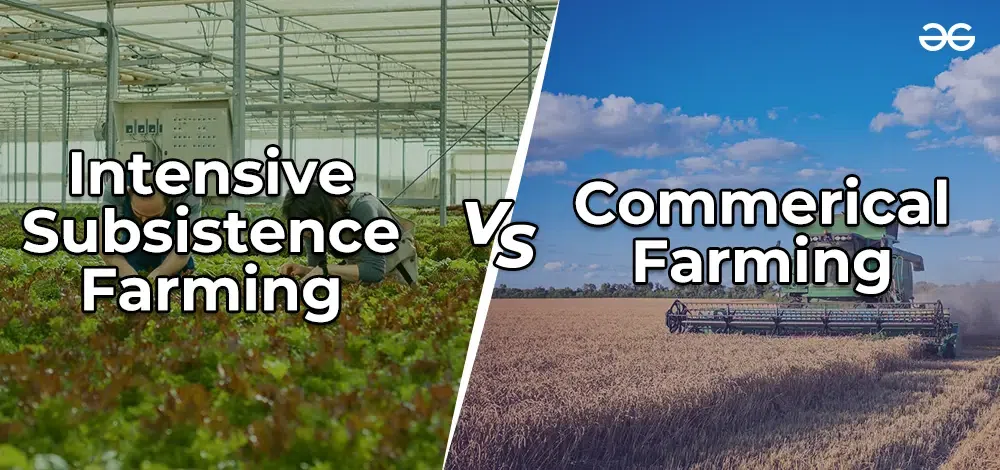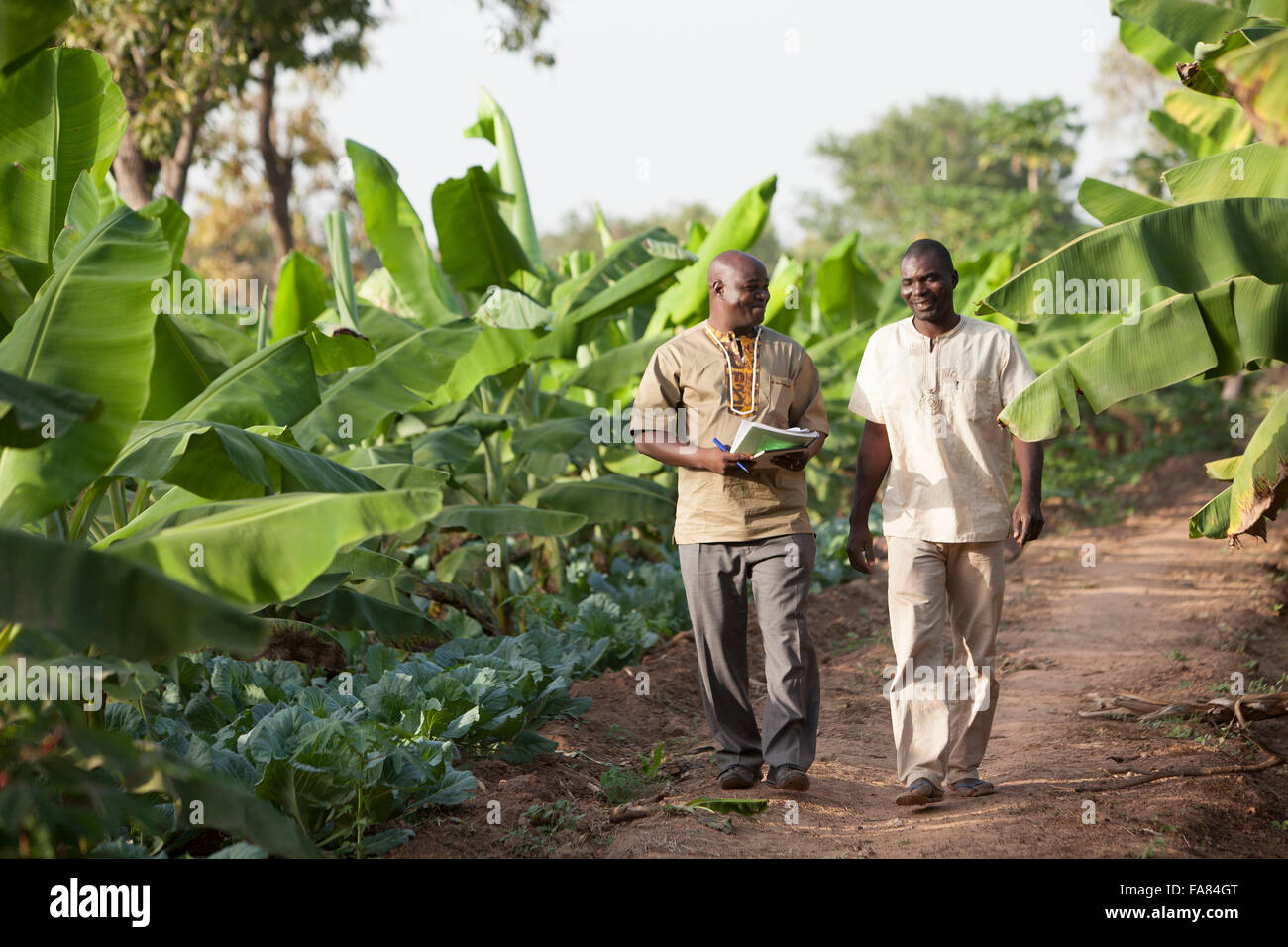Checking Out the Key Differences In Between Commercial Farming vs Subsistence Farming
Checking Out the Key Differences In Between Commercial Farming vs Subsistence Farming
Blog Article
Discovering the Differences In Between Commercial Farming and Subsistence Farming Practices
The duality between commercial and subsistence farming techniques is noted by varying objectives, functional scales, and resource usage, each with extensive effects for both the setting and society. Industrial farming, driven by earnings and performance, often utilizes advanced technologies that can bring about substantial ecological issues, such as dirt destruction. Alternatively, subsistence farming stresses self-sufficiency, leveraging conventional techniques to sustain home demands while nurturing community bonds and cultural heritage. These contrasting practices elevate intriguing questions concerning the balance between financial development and sustainability. Just how do these divergent approaches shape our world, and what future instructions might they take?
Economic Purposes
Financial goals in farming practices frequently determine the methods and range of procedures. In commercial farming, the main financial objective is to make best use of revenue. This requires an emphasis on performance and efficiency, accomplished through advanced innovations, high-yield plant selections, and substantial use fertilizers and chemicals. Farmers in this design are driven by market demands, aiming to generate large amounts of assets available in national and global markets. The emphasis is on achieving economic situations of scale, guaranteeing that the cost each outcome is lessened, therefore enhancing profitability.
In comparison, subsistence farming is mostly oriented towards satisfying the immediate requirements of the farmer's family members, with surplus production being minimal. The economic purpose below is commonly not make money maximization, however rather self-sufficiency and threat reduction. These farmers usually operate with minimal sources and depend on traditional farming techniques, customized to regional ecological problems. The primary goal is to guarantee food safety for the household, with any type of excess produce marketed in your area to cover basic necessities. While business farming is profit-driven, subsistence farming is centered around sustainability and strength, reflecting a fundamentally different collection of financial imperatives.

Scale of Workflow
The difference in between business and subsistence farming comes to be particularly apparent when thinking about the range of procedures. The range of industrial farming permits for economic situations of range, resulting in lowered prices per system through mass manufacturing, raised efficiency, and the ability to invest in technological innovations.
In stark contrast, subsistence farming is generally small, concentrating on creating just sufficient food to meet the instant needs of the farmer's family members or regional area. The acreage entailed in subsistence farming is usually restricted, with much less accessibility to modern technology or mechanization. This smaller sized range of operations shows a dependence on traditional farming strategies, such as hands-on labor and simple tools, resulting in reduced performance. Subsistence farms prioritize sustainability and self-sufficiency over earnings, with any excess generally traded or traded within local markets.
Source Application
Industrial farming, characterized by large-scale procedures, commonly utilizes innovative modern technologies and automation to enhance the use of sources such as land, water, and plant foods. Accuracy agriculture is significantly adopted in industrial farming, using information analytics and satellite technology to monitor crop wellness and optimize source application, more enhancing yield from this source and resource effectiveness.
In comparison, subsistence farming runs on a much smaller sized scale, mostly to meet the immediate requirements of the farmer's house. Source application in subsistence farming is usually restricted by economic restraints and a reliance on standard methods.
Ecological Effect

On the other hand, subsistence farming, practiced on a smaller sized scale, usually uses conventional methods that are a lot more in harmony with the surrounding environment. While subsistence farming usually has a lower ecological footprint, it is not without difficulties.
Social and Cultural Implications
Farming methods are deeply linked with the cultural and social textile of communities, affecting and showing their worths, practices, and financial frameworks. In subsistence farming, the emphasis gets on cultivating adequate food to meet the prompt demands of the farmer's family members, frequently cultivating a strong feeling of community and shared duty. Such methods are deeply rooted in neighborhood customs, with expertise passed down through generations, therefore maintaining cultural heritage and enhancing common ties.
Alternatively, industrial farming is largely driven by market demands and success, frequently resulting in a shift in the direction of monocultures and large procedures. This strategy can bring about the erosion of conventional farming techniques and social identities, as regional customs and expertise are replaced by standard, commercial techniques. The focus on performance and revenue can often decrease the social cohesion found in subsistence communities, as financial purchases replace community-based exchanges.
The dichotomy in between these farming techniques highlights the wider social ramifications of farming choices. While subsistence farming sustains cultural continuity and area interdependence, business farming straightens with globalization and economic find out here now development, usually at the expense of typical social frameworks and multiculturalism. commercial farming vs subsistence farming. Stabilizing these aspects remains a critical challenge for lasting agricultural growth
Final Thought
The exam of industrial and subsistence farming techniques reveals significant distinctions in objectives, range, source usage, ecological influence, and social ramifications. Conversely, subsistence farming stresses self-sufficiency, using standard methods and local sources, thus advertising social preservation and neighborhood communication.
The dichotomy in between commercial and subsistence farming methods is noted by differing goals, operational ranges, and source use, each with extensive effects for both the environment and society. While industrial farming is profit-driven, subsistence farming is centered around sustainability and durability, mirroring an essentially various collection of financial imperatives.
The distinction in between business and subsistence farming ends up being especially evident when thinking about the range of procedures. While subsistence farming sustains social connection and community interdependence, industrial farming aligns with globalization and financial growth, typically at the expense of standard social structures and cultural diversity.The examination of commercial and subsistence farming techniques exposes considerable distinctions in goals, scale, source usage, ecological impact, and social implications.
Report this page